Excessive sugar consumption has become a major health concern in today's world. With sugary treats and beverages readily available, it's easy to overindulge without realizing the hidden costs to our well-being. Numerous studies have linked high sugar intake to an increased risk of obesity, type 2 diabetes, heart disease, and other chronic conditions. Despite this knowledge, cutting back on sugar can be a daunting task, as it's found in many of our favorite foods and low sugar snacks can be hard to come by. Sugar cravings and deeply ingrained habits make reducing intake a real challenge
However, taking steps to reduce your sugar consumption is vital for maintaining good health. By gradually decreasing your reliance on sugary items and making sustainable lifestyle changes, you can improve your energy levels, support healthy weight management, and reduce your risk of developing serious illnesses. This comprehensive guide will provide you with practical tips, food swaps, and motivational strategies to help you effectively cut back on sugar in a way that feels achievable and long-lasting.
Understand Sugar and Its Hidden Sources
Types of Sugar
Not all sugars are created equal. It's important to understand the difference between natural and added sugars. Natural sugars are found naturally in foods like fruits and dairy products. These sugars are less problematic because they come packaged with important nutrients like fiber, vitamins, and minerals. Added sugars, on the other hand, are sugars and syrups that are added during food processing or preparation. Foods and drinks with added sugars tend to be high in empty calories without providing any nutritional value. Major sources of added sugars include regular sodas, desserts, candy, cereals, and many pre-packaged snacks.
Reading Food Labels

To identify added sugars, reading nutrition labels is crucial. Look for the "Total Sugars" line, which includes both natural and added sugars in grams per serving. Check the ingredients list for words like sucrose, high fructose corn syrup, honey, maple syrup, and molasses - these all indicate added sugars. Ingredients are listed in descending order by weight, so ingredients closer to the start make up more of the product.
The new Nutrition Facts label also requires listing "Added Sugars" in grams and as a percent daily value. As a general guideline, choose foods with under 5g of added sugars per serving. Also look at sugars as a percentage by dividing the grams of sugar by the serving size in grams and multiplying by 100. Foods with less than 5% added sugar are best.
Hidden Sources of Sugar
Added sugars can hide in seemingly savory foods like bread, tomato sauce, salad dressings, marinades, protein bars, smoothies, flavored yogurts, and condiments like ketchup. Even starches like French fries can contain a surprising amount of sugar. Being label-savvy is key to spotting hidden sources.
Practical Tips for Reducing Sugar Intake
Replace Sugary Foods, Gummies and Drinks with Healthier Alternatives
One of the simplest swaps you can make to reduce your sugar intake is replacing sugary beverages like sodas, fruit juices, and energy drinks with healthier, low-sugar alternatives. These drinks can contain an astonishing amount of added sugars, with a single 12-ounce can of soda packing around 39 grams or nearly 10 teaspoons of sugar! Switching to water, unsweetened seltzers, or herbal teas can eliminate hundreds of empty calories from your diet each day. To make it easier, carry a reusable water bottle with you and opt for fun garnishes like lemon, lime, cucumber slices, or fresh mint to add flavor to your water. Making this one dietary change can kickstart your journey to reduced sugar consumption. For Gummies, you can also switch to a Low Sugar Gummy, Gluten Free, Fat Free with High Fiber and Non GMO.
Opt for Whole, Unprocessed Foods
Highly processed and packaged foods are major culprits when it comes to hidden added sugars. They often contain sweeteners used as inexpensive flavor enhancers and preservatives. By shifting your diet to focus on more whole, unprocessed foods, you'll naturally reduce your sugar intake while increasing your consumption of essential nutrients. Load up on fresh produce, lean proteins, whole grains, legumes, nuts, and seeds. Examples of nutrient-dense, low-sugar foods to incorporate include sweet potatoes, avocados, eggs, plain Greek yogurt, oats, quinoa, lentils, and almonds. Cooking meals at home with these whole food ingredients allows you to have complete control over what goes into your dishes.
Meal Planning and Preparation
Having a plan in place makes it much easier to stick to a reduced-sugar lifestyle. Set aside time each week to plan out your meals and snacks, and make a grocery list accordingly. Opt for simple recipes with few ingredients, focusing on whole foods you enjoy. Doing some batch cooking at the start of the week, like roasting a tray of vegetables or cooking a pot of whole grains, provides the building blocks for quick meal assembly later. Keep washed and prepared produce within reach, as well as cooked proteins like chicken or hard-boiled eggs for easy snacking. Having these low-sugar basics on hand prevents last-minute impulse decisions that could derail your efforts.
Swap Refined Carbs for Complex Carbs
When it comes to carb sources, not all are created equal in terms of their impact on blood sugar and nutrient quality. Refined carbs like white bread, pasta, and many breakfast cereals are stripped of fiber and other beneficial nutrients during processing. Swap these out for complex carb alternatives like 100% whole wheat bread, brown rice, quinoa, or oats. The fiber in these whole food carb sources promotes better blood sugar regulation and keeps you feeling fuller for longer between meals, which can help reduce sugar cravings.
Satisfy Sweet Cravings with Healthier Options

Inevitably, cravings for something sweet will arise. Instead of reaching for sugar-laden treats, have a stash of healthier options ready to satisfy your sweet tooth in a more nutritious way like Vibes Snacks. Fresh fruits like berries, citrus, melon, and baked treats like apples or pears provide natural sweetness along with beneficial fiber and antioxidants are also a good option. For an indulgent but portion-controlled option, try freezing mashed bananas, peanut butter and dark chocolate into frozen bites. Unsweetened dried fruits like figs, dates or apricots can also hit the spot.
Stay Hydrated and Get Enough Sleep
Staying properly hydrated by drinking water throughout the day can prevent misinterpreting thirst cues as hunger or sugar cravings. Being well-rested also makes it easier to make healthier choices. When you're overtired, your body's levels of the hunger hormones leptin and ghrelin get thrown off balance, increasing cravings for sugary pick-me-ups. Aim for 7-9 hours of quality sleep per night, and be sure to stay hydrated by having water easily accessible. These simple habits create an environment more conducive to saying no to excess sugars.
Overcoming Challenges and Staying Motivated
Dealing with Sugar Cravings
Even with the best intentions, intense cravings for sugary foods and drinks can test your willpower. Instead of giving in, have a plan for dealing with cravings in a healthier way. Start by identifying your triggers - are you more likely to crave sweets at certain times of day, when you're feeling stressed or tired, or in certain social situations? Avoiding those triggers when possible and practicing mindful eating techniques can prevent overindulgence.
When a craving hits, drinking water or herbal tea, going for a short walk, or calling a friend can be a healthy distraction. You can also try the "Five D's" - Delay acting on the craving and let it pass, Distract yourself with an activity, Drink water, Deeper breathing, and Discuss how you're feeling with someone supportive. Over time, as you make sustainable swaps, your taste buds will adjust and cravings will diminish.
Involving Family and Friends

Making lifestyle changes is always easier with a strong support system. Involve your family and friends in your efforts to reduce sugar intake. Share your motivations, discuss recipe and meal ideas, and have an accountability partner to celebrate successes and troubleshoot challenges. Remove tempting sugary treats from your home and workplace, and politely decline offers when others provide them. Your loved ones can help reinforce your healthier habits when you're together. Having a cheering squad can provide the encouragement you need to persist through difficult moments.
Celebrating Small Wins
Reducing your sugar intake is a process, so celebrate small milestones along the way. Whether it's going a week without soda, satisfying your sweet tooth with fresh fruit, or making it through a craving without caving, acknowledge your hard work. This will renew your motivation and determination for continued progress.
Conclusion
Reducing your sugar intake is a meaningful step towards improving your overall health and well-being. While it requires commitment and lifestyle adjustments, the long-term benefits make it well worth the effort. By understanding where sugars hide, swapping out sugary foods for nutrient-dense alternatives, meal planning, and practicing moderation when indulging cravings, you can successfully cut back on added and hidden sugars.
This transition won't happen overnight, so be patient with yourself and celebrate each milestone. Involve your support system and lean on them when challenges arise. Remember, every small step gets you closer to breaking free from the grip of excessive sugar. When you make the choice to reduce your sugar intake, you're making an investment in your future health.
Frequently Asked Questions
Is it better to choose artificial sweeteners over sugar?
While artificial sweeteners like sucralose, saccharin, and aspartame can reduce calories from added sugars, their long-term health impacts are still being studied. Some evidence suggests they may perpetuate sugar cravings and influence taste preferences over time. If using artificial sweeteners, moderation is key. Look for products sweetened with natural, plant-based sweeteners like monk fruit or stevia instead.
How can I satisfy my sweet tooth without consuming too much sugar?
There are many delicious ways to satisfy a sweet craving without overdoing sugars. Fresh fruits like berries, citrus, or baked fruits provide natural sweetness along with fiber and nutrients. Dried fruits like figs, dates, or apricots also make a sweet snack. You can also try the Low Sugar Gummy from Vibes Snacks which can really satisfy your cravings without compromising your goal of reducing sugar consumption.
Can I still enjoy desserts and treats while reducing my sugar intake?
Absolutely! The goal isn't complete deprivation, but moderation. When you do want to indulge your sweet tooth, opt for desserts made with wholesome ingredients like whole grains, nuts, nut butters, yogurt, low sugar gummy candies and fruits. Have a smaller portion and savor it mindfully. The key is being intentional about when and how often you have these treats.
How much sugar is considered too much?
Most health organizations recommend limiting added sugars to no more than 5-10% of your total daily calorie intake. For a 2000 calorie diet, that's about 25-50 grams or 6-12 teaspoons of added sugars daily at most. The American Heart Association suggests even stricter limits of no more than 25g (6 tsp) per day for women and 36g (9 tsp) per day for men.





